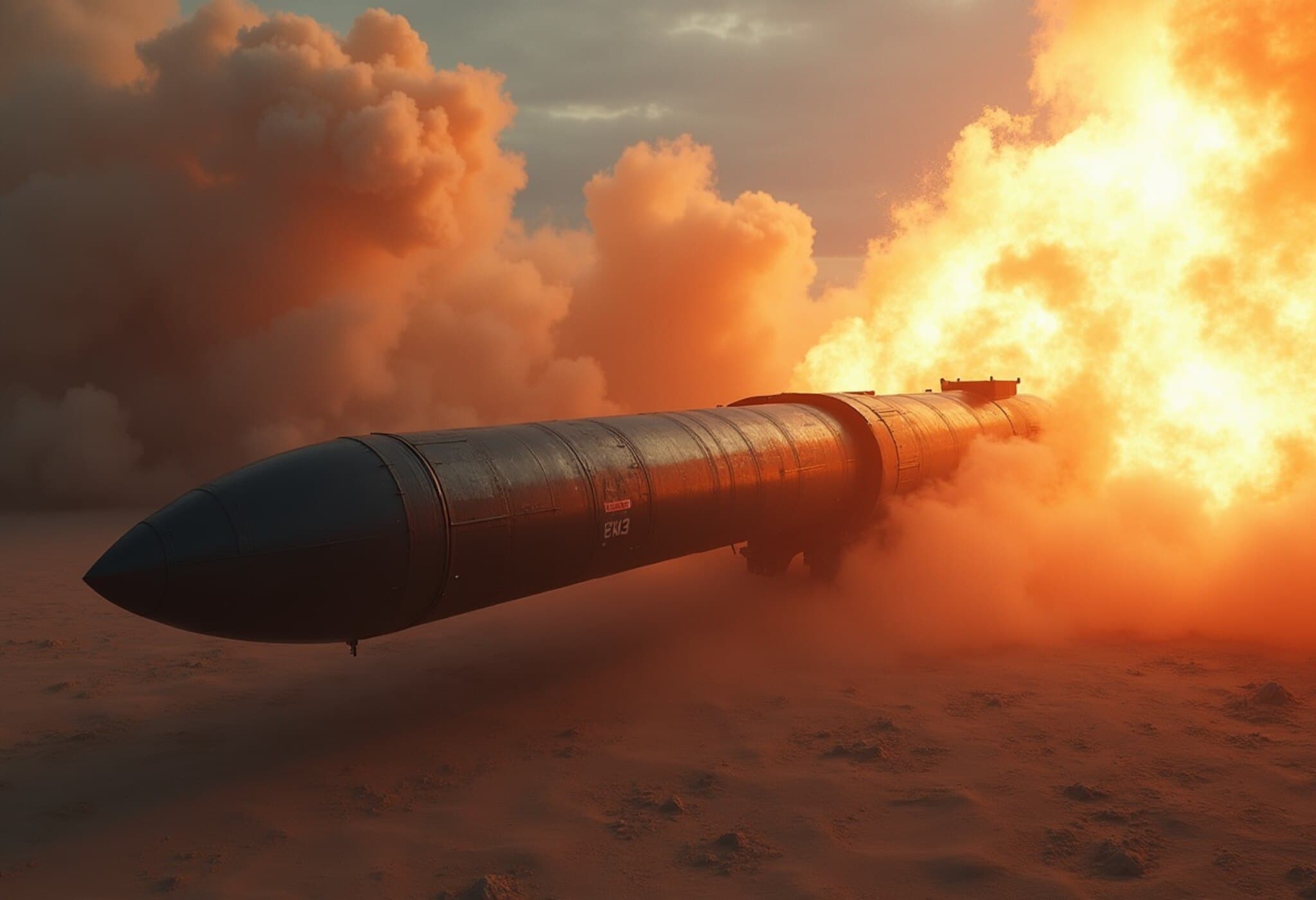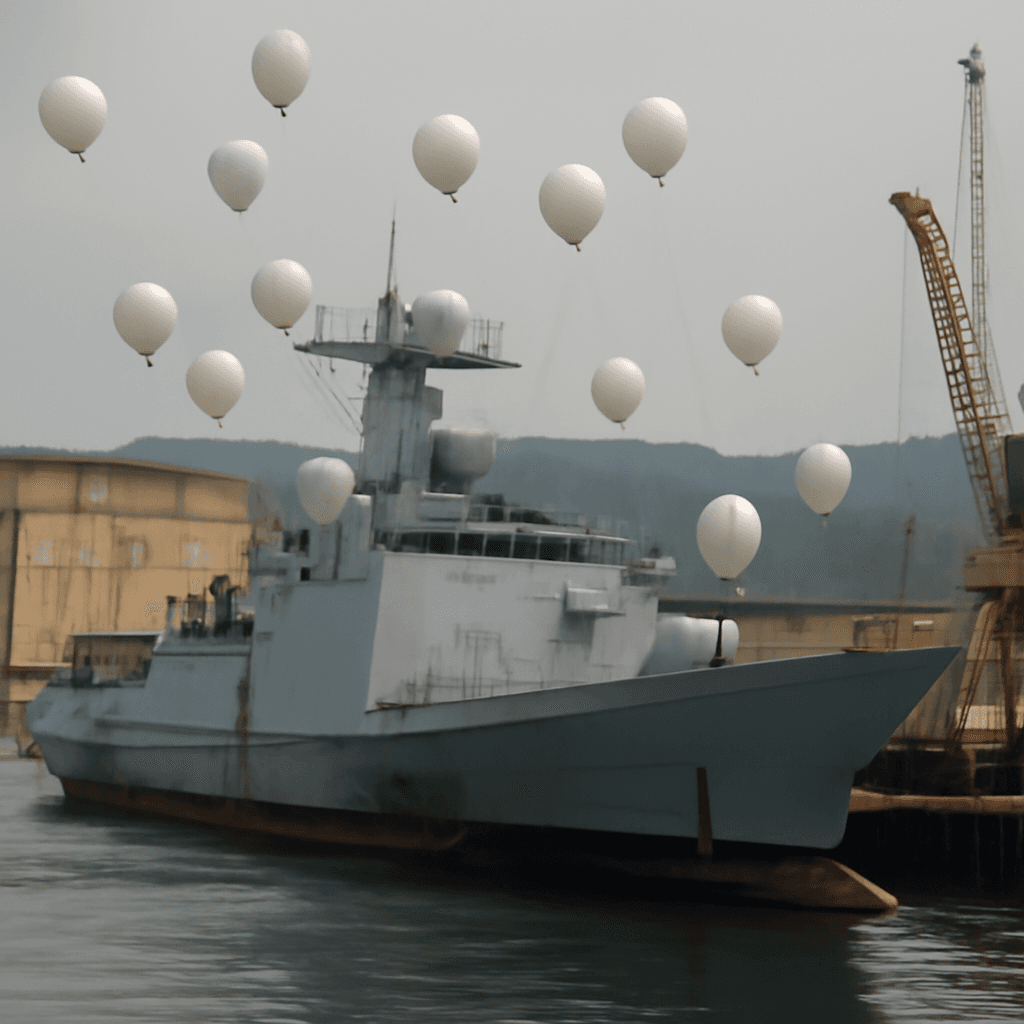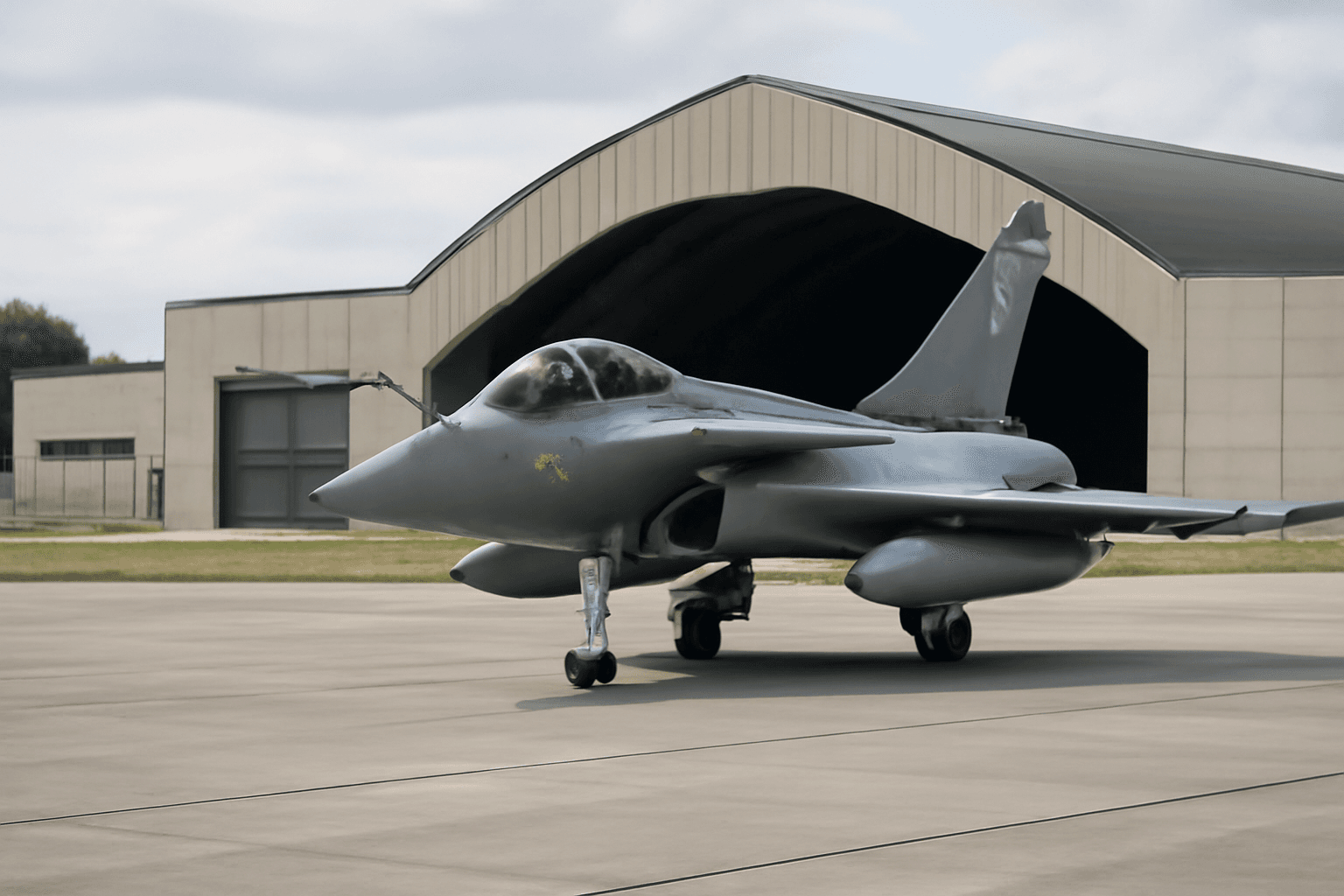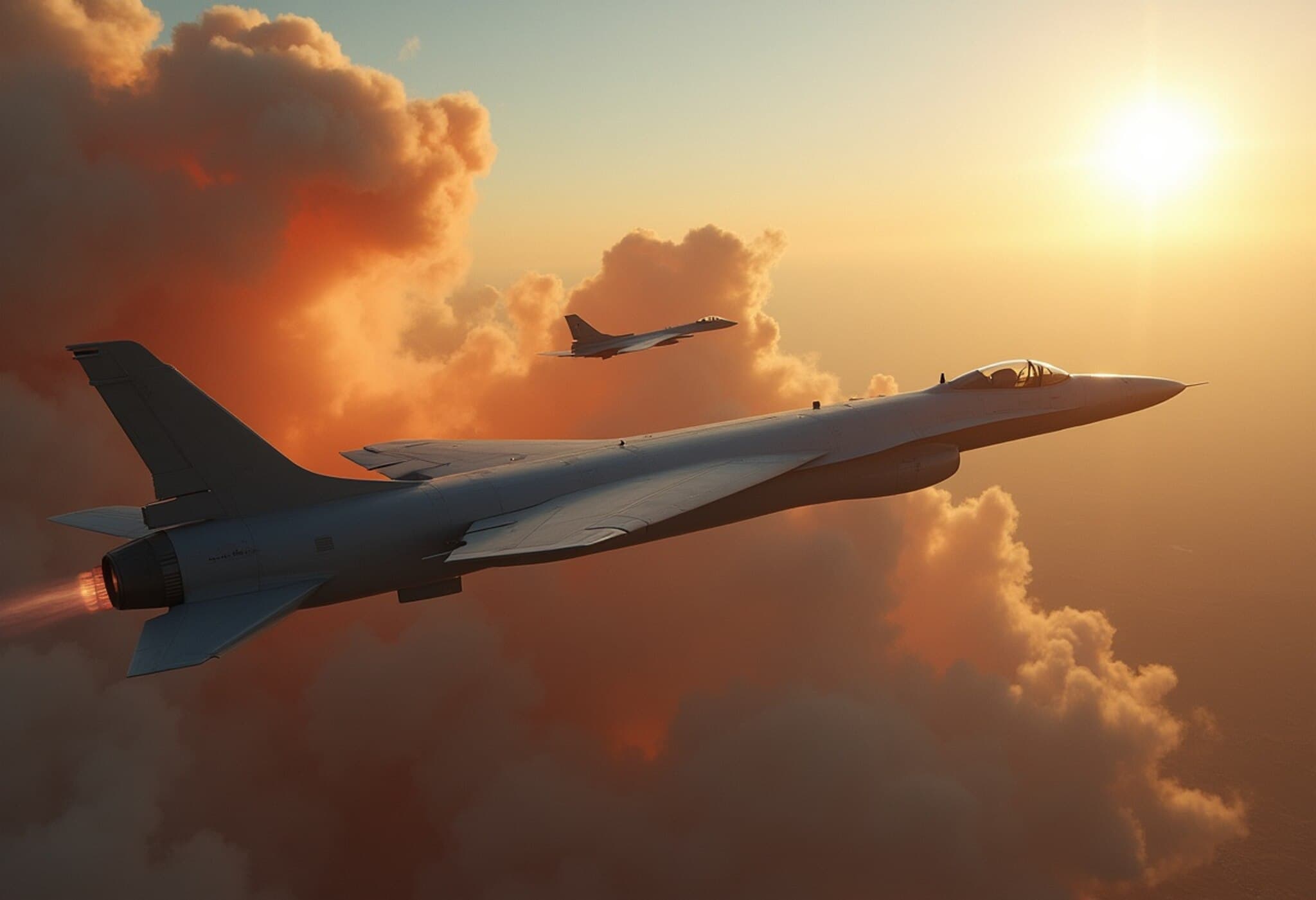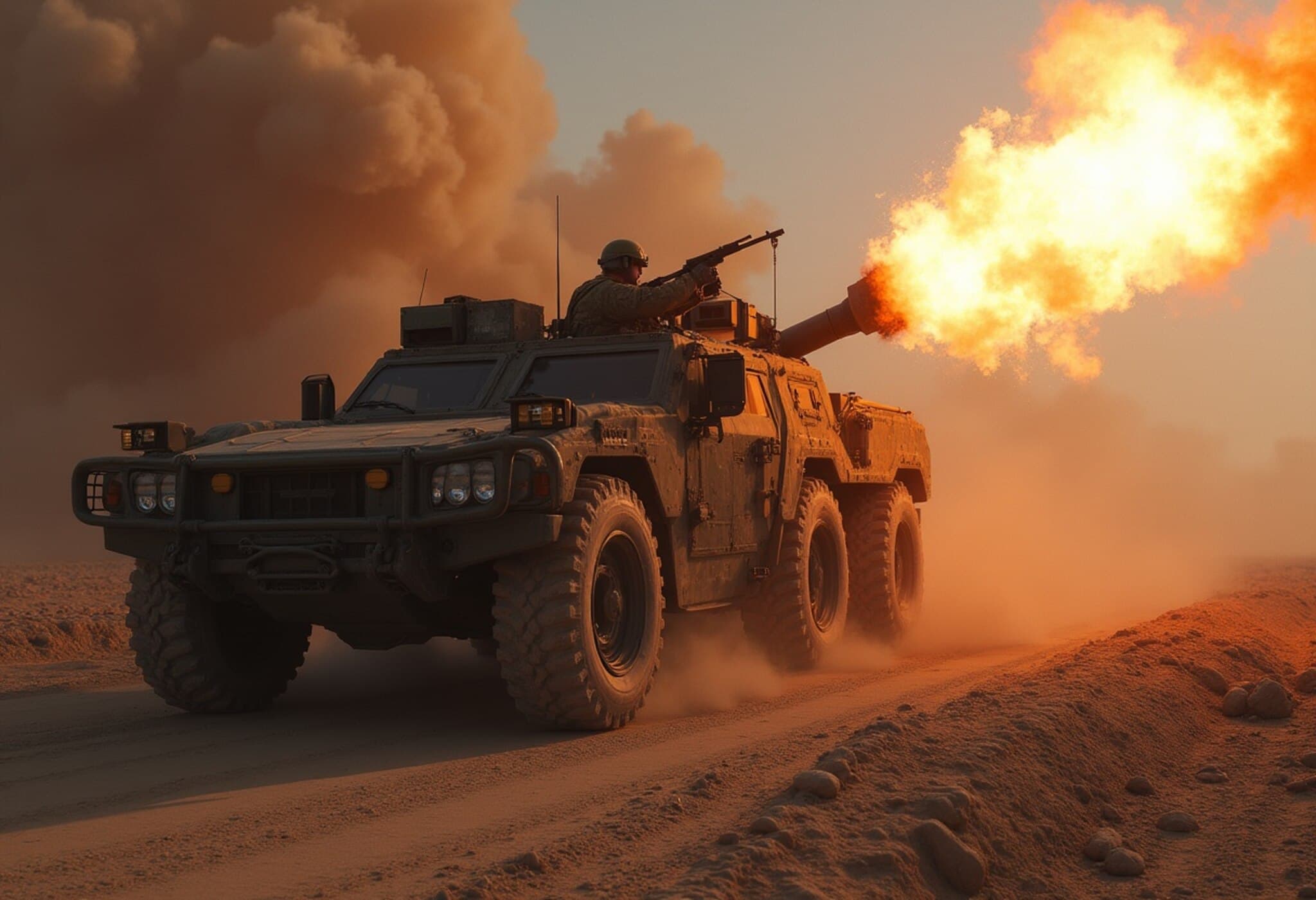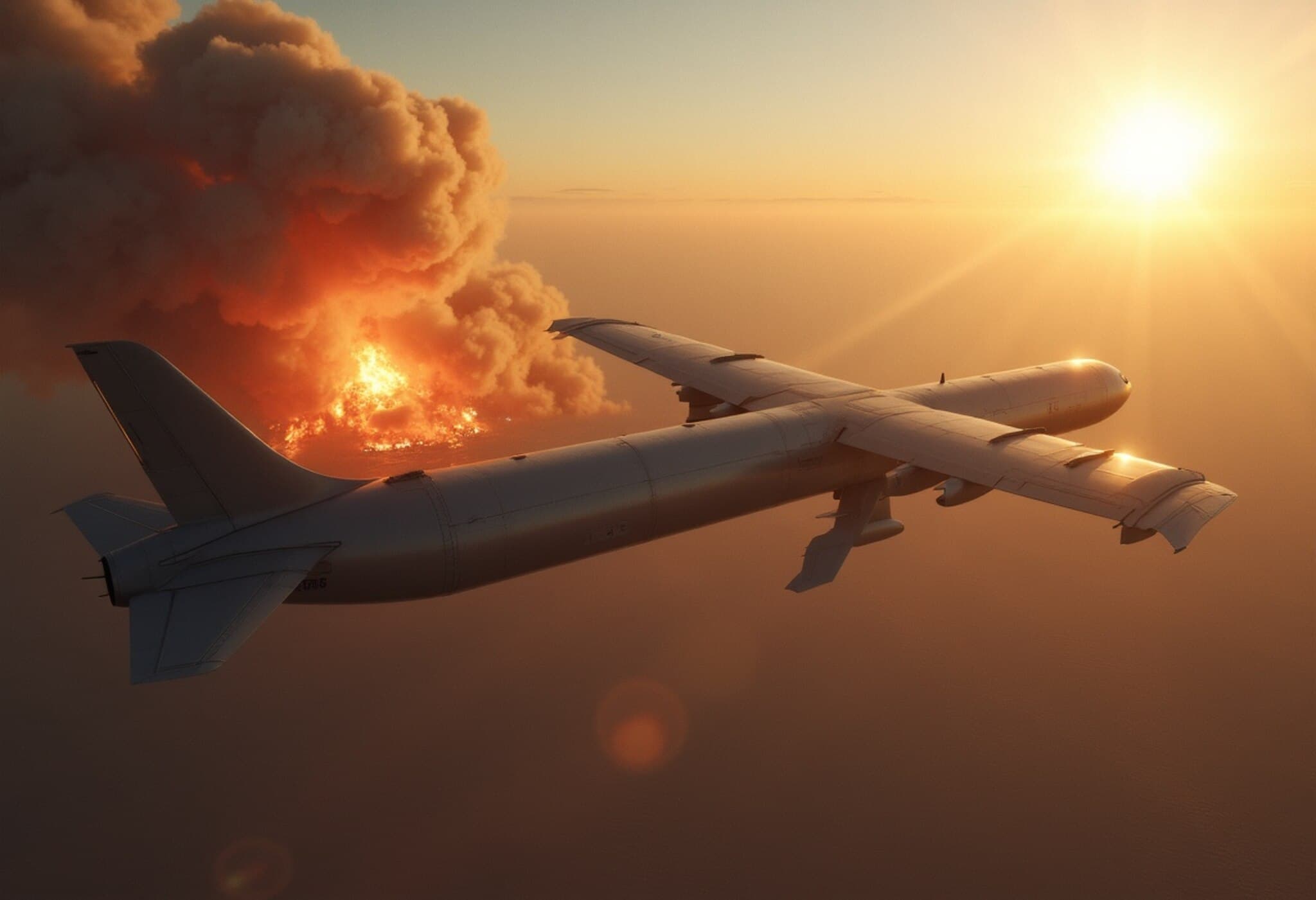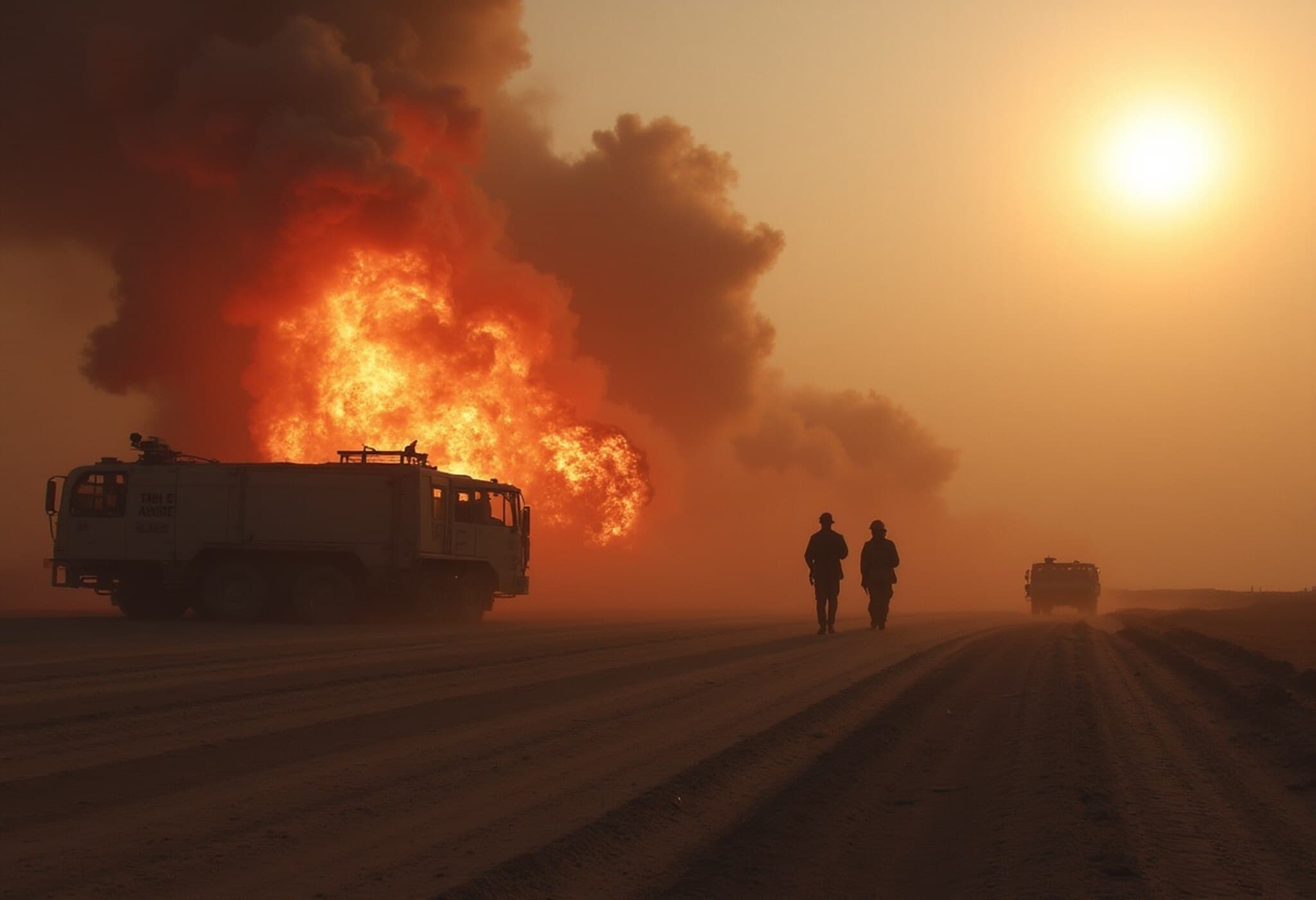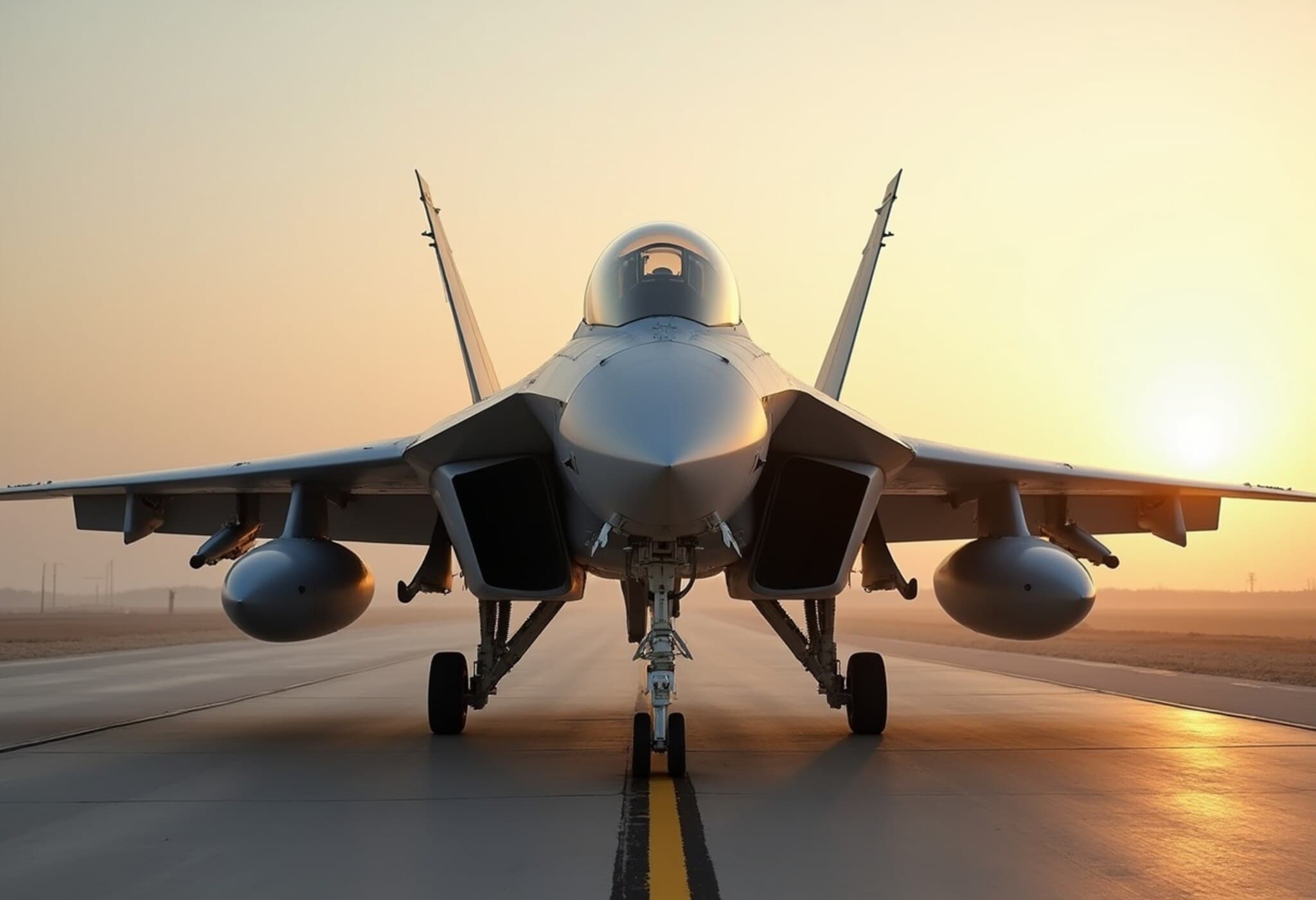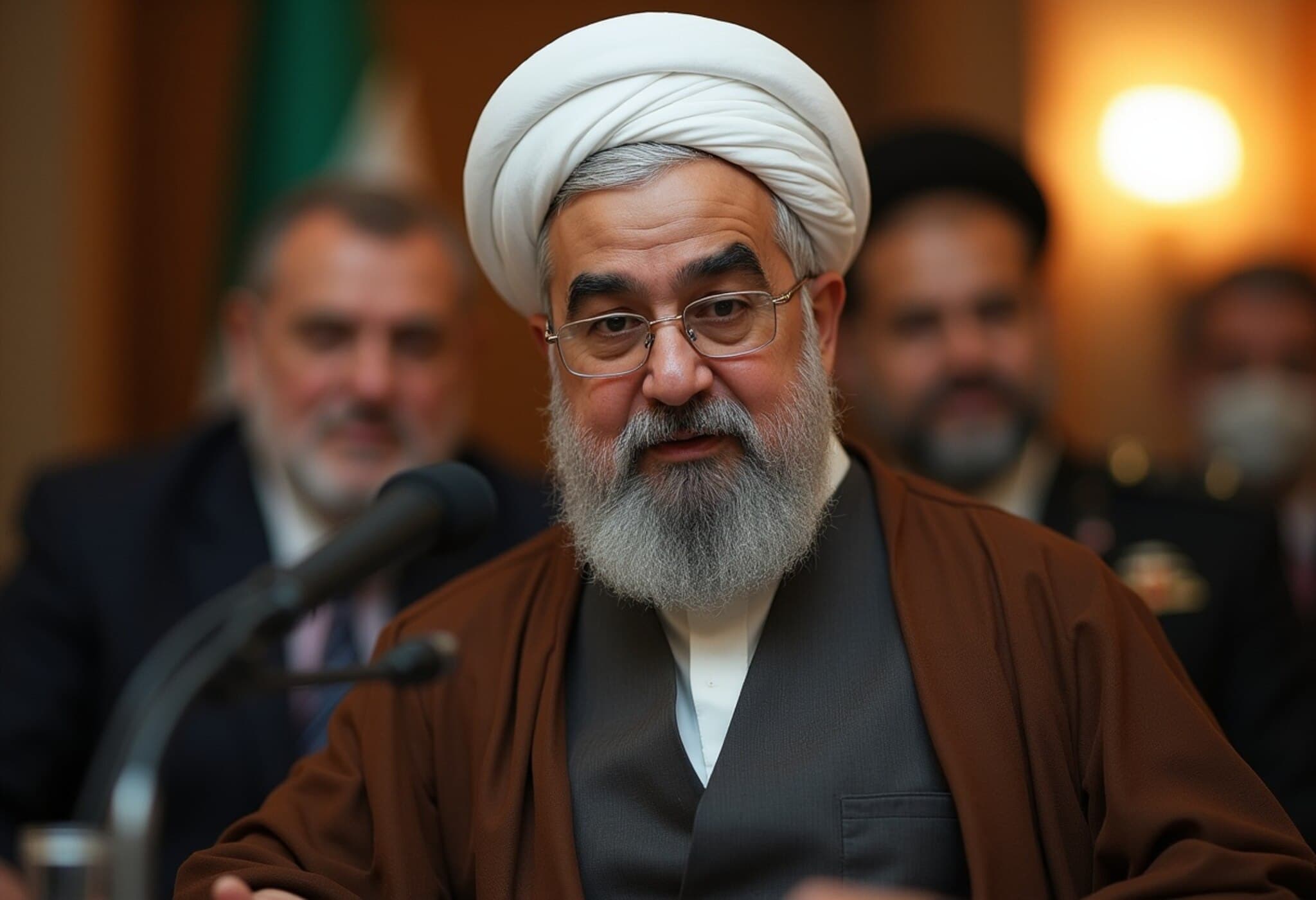US Advances ‘Bunker Buster’ Technology with Fourfold Power Increase
The United States is pushing forward the development of next-generation “bunker buster” bombs anticipated to pack nearly four times the explosive power of those recently deployed against Iranian nuclear facilities.
Revolutionizing Underground Target Strikes
Last week, the US utilized six Massive Ordnance Penetrator (MOP) bombs, delivered by submarine-launched Tomahawk missiles, to strike Iran's Fordow nuclear site. The MOP, currently the largest conventional bomb in the US arsenal, is designed to penetrate deep underground before detonating, maximizing damage within fortified structures.
Unlike typical munitions that explode on impact, the MOP burrows through concrete and soil—up to 60 meters beneath the surface—before exploding internally, causing devastating effects in hardened targets.
Enter the Next Generation Penetrator (NGP)
The successor to the MOP, known as the Next Generation Penetrator (NGP), promises a significant leap in destructive capability. According to US Air Force disclosures and expert analysis, the NGP’s warhead alone is projected to weigh around 22,000 pounds, nearly four times heavier than the MOP’s 6,000-pound warhead.
Considering the MOP's total weight of 30,000 pounds—which includes its protective casing—the NGP could potentially tip the scales near 110,000 pounds if it maintains a similar warhead-to-weight ratio. This enormous mass would allow the bomb to penetrate far deeper than its predecessor, effectively breaching even stronger underground bunkers.
Enhanced Capabilities with Propulsion Systems
One key advancement of the NGP is its own propulsion mechanism. While the MOP is a gravity bomb that relies solely on the altitude and angle of release, limiting its maneuverability, the NGP’s propulsion system would allow it to adjust flight path mid-descent, enhancing accuracy and penetration power.
Additional Developments: A Smaller, Precision Bomb for Fighter Jets
In parallel with the NGP, the US Air Force is pursuing a smaller bunker buster designed specifically for deployment from F-35 fighters. Dubbed the Global Precision Attack Weapon (GPAW), this compact munition aims to strike fortified targets with pinpoint accuracy, though detailed specifications have yet to be released.
Implications for Modern Warfare
The development of these more powerful bunker buster bombs signals a shift in strategic capabilities, enabling the US military to neutralize deeply buried, highly fortified sites with greater efficiency. This advancement could reshape battlefield dynamics where underground infrastructure plays a critical role.
As military technology evolves, so do the methods of targeting hardened underground facilities, reinforcing the importance of precision and power in modern armaments.

